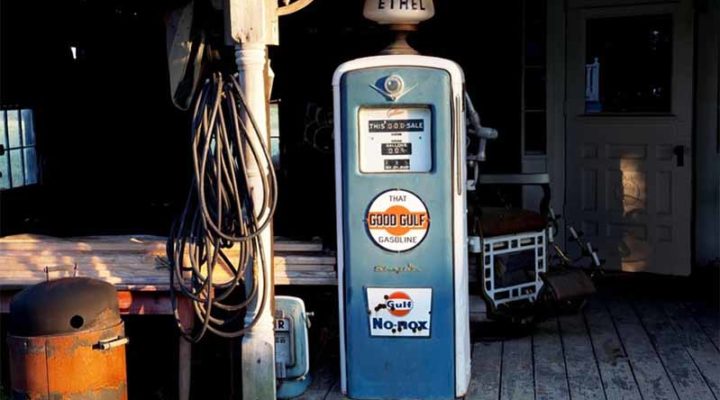
The sump pit is a trench in your home that houses the sump pump. This pump is designed to remove water in a flooding situation, effectively preventing the house from becoming flooded.
That’s why if you’re considering any type of dewatering pump, you need to make sure you get the very best quality pump and have it serviced regularly. This of one of those appliances that should be rarely used but, when needed, you don’t want it to fail!
The good news is that it’s surprisingly easy to install your sump pump, but, you must get the sump pit water level right. If you need help in this arena, make sure to consult a plumbing specialist. You don’t want to dive into doing it yourself, especially if you don’t have any idea how it works. Although you can check out online video tutorials about it, it would still be best to have experienced experts deal with it.
Locating The Sump Pump
The sump pump sits in the sump pit which is at the lowest point of your home. Choose a suitable spot in your basement, either a corner that the water runs towards or your preferred spot.
You’ll need to have power in the area to run the pump and you’ll need to have access to outside, the water being pumped out of your home needs to go somewhere. That somewhere should not be where it can simply come back into your home.
Once you’ve created the pit you can secure your pump into position. You’ll now need to test it and make sure the water level is right.
Don’t forget that the best pumps for these situations are those that can work effectively when submerged. A pump that is designed to remove flood water should still be able to work if it is covered with water. If it can’t then you may find a flash flood that causes a lot more issues than it needs to.
It would be best to do extensive research on the sump pump for your needs. Don’t immediately purchase one just because you saw that it’s on sale or store personnel sweet-talked you into it. Every home has a different need. Doing your research could save you on costs eventually. Asking your reliable plumber could also benefit you.
Setting The Right Water Level
Setting the water level is important, it needs to be low enough that the pup can rest between surges of water, this will help to prevent the pump from burning out earlier than It should.
The first thing to note is that all of the pumps should be inside the sump pit, drainage points from around the house can be fed into the top of the sump pit or you can simply rely on gravity pulling unwanted water to the right spot.
The exit pipe should come out of the top of the pump and head out of the house. This can be high in the wall of the sump pit or even out the top of the sump and across the ground. But, the most important thing is that the water level doesn’t reach the exit part of the pump.
You’ll need to set the water level in your pit according to the float valve. The float valve is what tells the pump to come on. For it to work properly, you’ll need to have water at the bottom of your pit. However, set the water too high and the pump will not have time to pump excess water out before it seeps into your home.
The water in your sump pit needs to be no more than 2-3 inches, this is enough to keep your pump happy and make sure it works properly when you need it to.
Equally, the pump should start to work when the water level is still 6-7 inches below the level of your floor. This means the sump pit should be approximately 10 inches deep. Of course, it can be deeper than this, it will provide a greater cushion in case of an issue. But, you must be able to access the pump easily for maintenance.
Keeping the water at least 6 inches below the floor surface means you have a safety cushion if you do have a flash flood. But, it also ensures the water does not wick upwards, giving you a damp floor.
To know if your water level is sufficient, you need to check the float switch and the pump unit itself. The float switch looks like a ball that floats in the water and could be located near the drain pipes. If you rattle the float switch, it should signal the pump to start. If the float switch is defective after testing it, you need to have it replaced. Otherwise, it could lead to a big problem for your basement.
If the float switch doesn’t start the pump even after you replace it with a new one, then it’s also likely that the pump may be damaged. In that case, you need to check its warranty before getting a replacement pump. Some pumps have a 1-5-year warranty, while there are also pumps with a lifetime warranty.
But, you do need to test it regularly to ensure it works, you can do this by pouring a bucket of water into your sump pit.
Keeping Air Out
This is the real balancing act. The inlet pipe of your pump should be in the water with the float set to start the pump when the water rises to 7 inches below the floor level. This prevents the pump from sucking in air which is not good for it.
If you don’t have water in your pit all the time then the inlet pipe must be fully submerged before the float tells the pump to start working.
Leave a Reply